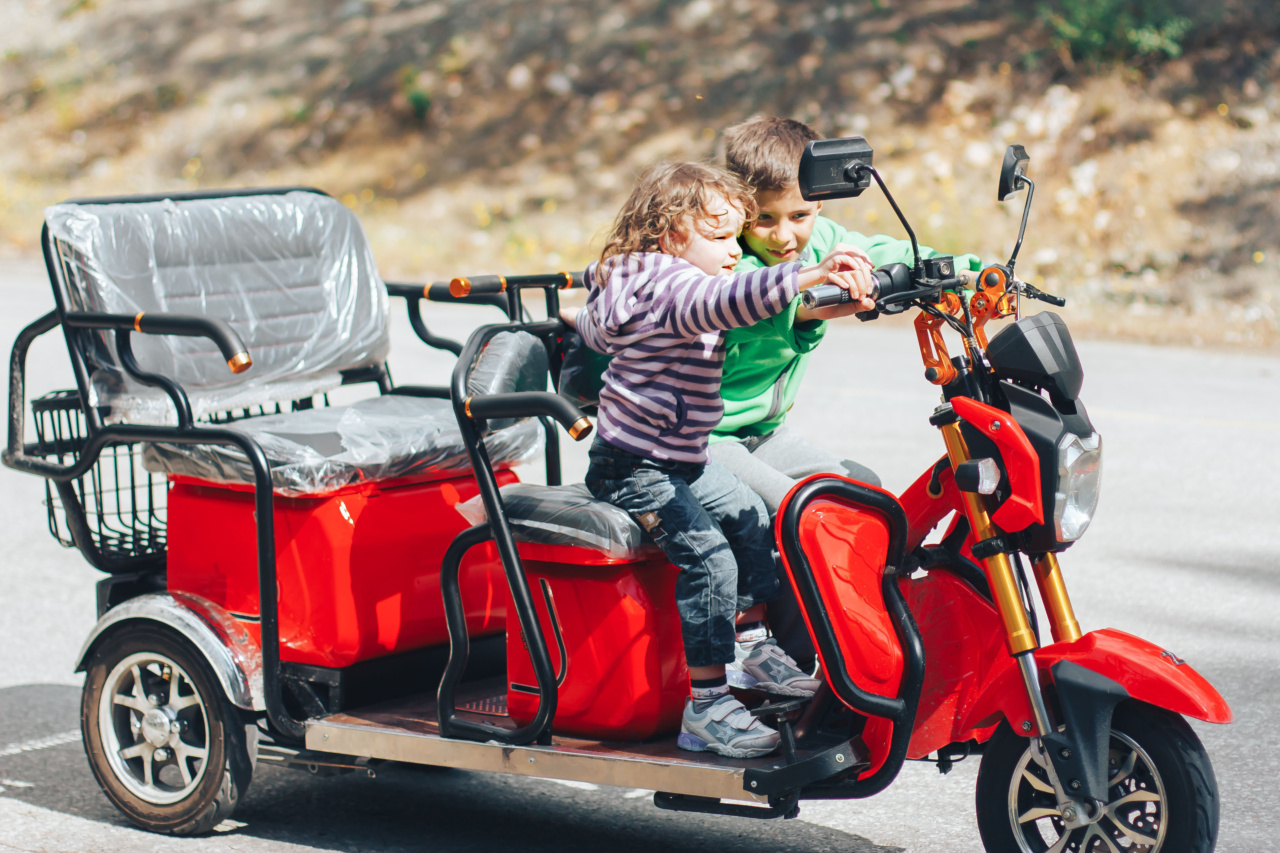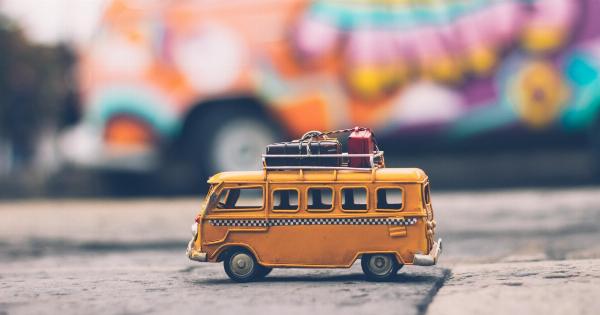Traveling with children can be both exciting and challenging. As a parent or guardian, it is natural to prioritize the safety of your little ones during any journey.
Whether you are taking a road trip, flying to your destination, or embarking on an international adventure, it is essential to follow certain safety precautions to ensure a smooth and secure travel experience for your children. In this article, we will discuss some valuable safety tips that will help you prepare and protect your children while traveling.
1. Plan Ahead
Prior planning is crucial for a successful trip with children. Research your destination thoroughly, including local customs, health and safety concerns, and any necessary vaccinations.
Create a detailed itinerary outlining your travel routes, accommodations, and activities. This preparation will help you anticipate any potential safety risks and take appropriate measures to prevent them.
2. First Aid Kit
Carrying a well-stocked first aid kit is essential when traveling with children. Include items such as band-aids, antiseptic wipes, pain relievers, thermometer, adhesive tape, and any necessary prescription medications.
Additionally, familiarize yourself with local emergency numbers and nearby medical facilities at your destination.
3. Childproof Accommodations
Whether you are staying in a hotel, rental property, or with friends or family, childproof the accommodations. Move any hazardous items out of reach, cover electrical outlets with safety caps, and check for any potential choking hazards.
Also, inspect the balcony and windows for safety measures such as locks or guards, especially if you are staying in a high-rise building.
4. Safe Transportation
When traveling by car, ensure your children are properly secured in appropriate car seats or booster seats. Familiarize yourself with local car seat laws and regulations, as they may differ from your home country.
If you are traveling by public transportation, make sure to hold your child’s hand or keep them close to you at all times. Avoid rush hours and crowded buses or trains to minimize the risk of accidents or getting separated.
5. Luggage Safety
Label your children’s luggage with their names and contact information. Choose distinctive luggage tags or colorful straps to make identification easier.
Teach your children not to talk to strangers about their personal belongings or disclose any personal information like room numbers or itineraries.
6. Sun Protection
Protecting your children from the sun’s harmful rays is crucial, especially during outdoor activities. Pack sunscreen with a high SPF rating, wide-brimmed hats, and lightweight clothing that covers their arms and legs.
Seek shade during the hottest hours of the day and encourage your children to stay hydrated by drinking plenty of water.
7. Water Safety
If your travel plans involve swimming, prioritize water safety. Always supervise your children when they are near or in the water, regardless of their swimming abilities. Enroll them in swimming lessons prior to the trip to enhance their water skills.
Pack life jackets if needed and be aware of any local swimming hazards or dangerous currents.
8. Stay Updated on Vaccinations
Ensure your children are up to date on their vaccinations before traveling, as different destinations may have specific health risks.
Consult with your healthcare provider or a travel medicine specialist to determine if additional vaccinations or preventive measures are recommended for your travel destination.
9. Stay Vigilant in Crowded Places
When traveling to busy tourist attractions or crowded public spaces, it is essential to stay vigilant. Hold your child’s hand firmly or use child harnesses/belts to prevent them from getting lost in the hustle and bustle.
Establish a meeting point in case anyone gets separated and teach your children how to seek help from uniformed personnel or security guards.
10. Communication Strategies
Prioritize open communication with your children throughout the trip. Establish clear rules and boundaries regarding safety. Teach them basic emergency procedures, such as memorizing their full name, your phone number, and your hotel address.
Consider providing them with a simple mobile phone for emergency purposes or using wearable GPS trackers to monitor their location.




























